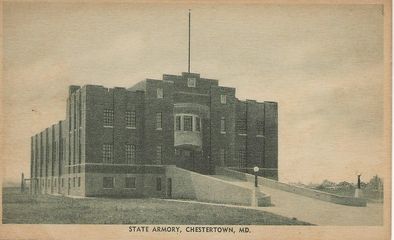As even the best golfers know, some holes are played better than others, largely because of the various challenges they present in real-time.
There is a perspective that life is the same . . . that is, some days are better than others, but God willing, there will be another day after the night, and that it will be good or not so as it comes.
A bad golf hole might include a tree between one’s ball and the green, a dreaded plop and splash, or “in the trap.”
It is those realities of the game, with its 18-hole months, that give rise to challenges for each hole.
So here is the thing as the spring golf season approaches . . . we, linksters or not, should be reminded that each day is a new hole to be played, with hope for a good one, but acceptance of the challenges that may arise. And there is always tomorrow.
Fore!
Phil Hoon
Chestertown



